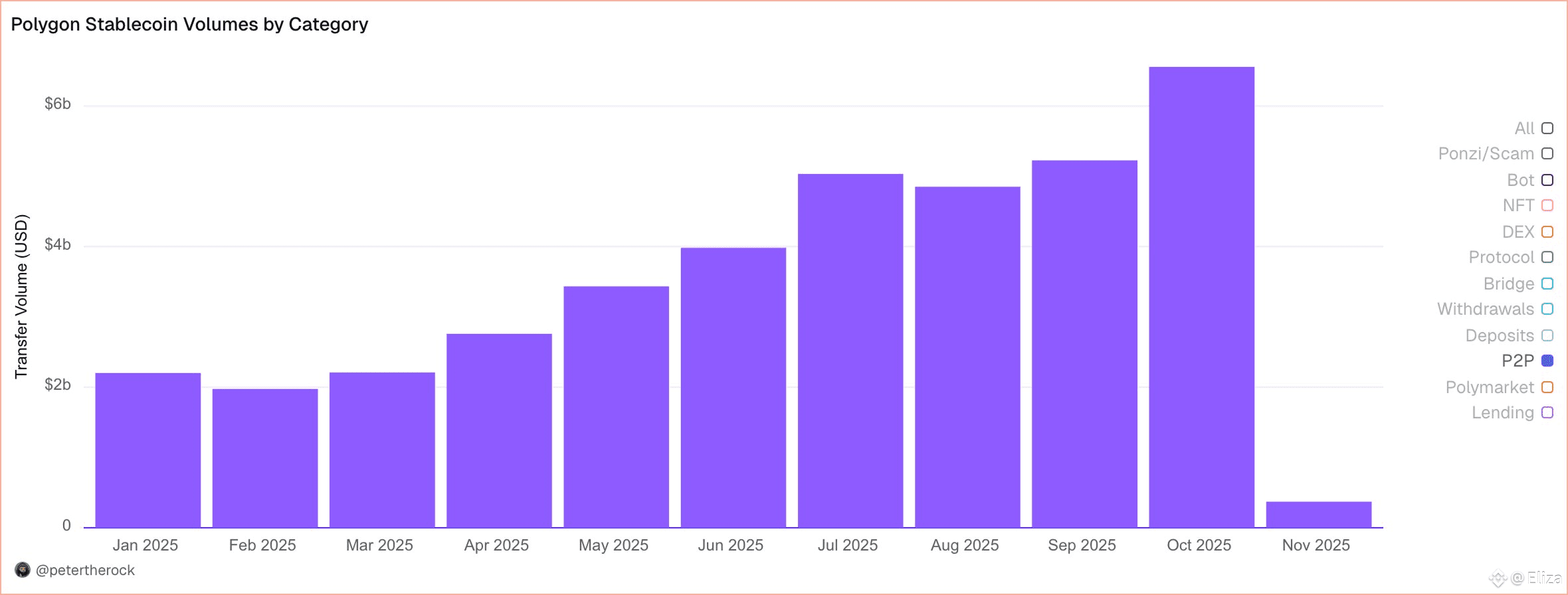Polygon has entered a new era — one defined not by loud announcements or hype cycles, but by steady, meaningful progress. Once known mainly as Ethereum’s scaling partner, Polygon is now becoming the financial and technological backbone of the on-chain world. It’s no longer focused on temporary attention — it’s focused on building a network that the global economy can actually rely on.

A New Identity, A Clearer Purpose
The transformation from MATIC to POL marked the beginning of this evolution. What looked like a simple rebrand was actually a declaration of intent — a shift from being an auxiliary chain to becoming a core infrastructure layer for the blockchain ecosystem. POL isn’t just a new ticker; it represents a unified framework connecting all of Polygon’s innovations — from zkEVM to CDK and the PoS chain — under one coordinated token economy.
Beyond Scaling — Towards Interconnected Systems
With Polygon 2.0, the project is moving beyond the idea of one chain doing everything. Instead, it’s creating a web of specialized zk-powered chains that share liquidity and security, all anchored by Ethereum. Each chain can serve a different purpose — payments, gaming, identity, tokenization — but all remain part of one cohesive ecosystem.
This modular design doesn’t just scale transactions — it scales coordination across the blockchain world.
zk Technology at the Core
Polygon’s true strength lies in its commitment to zero-knowledge technology. The zkEVM has evolved into a fast, secure environment that mirrors Ethereum while drastically cutting fees and confirmation times. Meanwhile, Polygon’s CDK allows anyone — from startups to enterprises — to launch custom zk-powered chains that automatically plug into the wider Polygon liquidity network.
Polygon isn’t just building a blockchain; it’s building the infrastructure to build blockchains.
Real Integrations, Not Empty Promises
Instead of chasing speculative narratives, Polygon is turning its attention toward real-world use cases. Partnerships like the one with Flutterwave — a leading African payments firm — are proof of that direction. Millions of users could soon be transacting value over Polygon’s rails without even realizing they’re using blockchain.
This is the future of adoption — invisible, seamless, and practical.
Fast, Affordable, Reliable
Recent upgrades like Heimdall v2 and Rio have drastically improved Polygon’s performance. Transactions now finalize in around five seconds, with negligible fees. That kind of speed and efficiency makes Polygon ideal for micropayments, global settlements, and real-time financial transfers — all essential pillars of a functional digital economy.
Designed for Institutions and Real Assets
Polygon’s quiet pivot toward institutional-grade infrastructure is hard to miss. Through regulated staking, partnerships with banks, and an increasing focus on real-world asset (RWA) tokenization, Polygon is preparing for the next big wave: traditional finance moving on-chain.
It’s not about speculative yield anymore — it’s about sustainable, regulated, and scalable finance.
A Shift in Culture and Communication
Polygon’s tone today feels more confident and grounded. It’s no longer trying to prove itself with flashy announcements — it’s showing progress through delivery. Each update, partnership, and upgrade is part of a larger, deliberate roadmap. The result? A project that feels less like a startup chasing the market, and more like a foundation shaping it.
Competing Quietly, Winning Slowly
Yes, the competition is fierce — Arbitrum, Optimism, zkSync, Base — all are building fast. But Polygon’s advantage lies in its maturity, developer network, and proven scalability. It’s been through cycles, survived hype, and come out stronger each time. What others are planning, Polygon is already executing.
The Road Ahead
The real test is now about execution and adoption. Can Polygon’s multi-chain design bring real liquidity and sustained usage? If it can, it will become the default layer where traditional and decentralized finance meet — a network that doesn’t just support transactions but powers economies.
Polygon’s story is no longer about chasing the next narrative — it’s about building the rails that the next decade of blockchain will run on. It’s becoming the quiet constant in a noisy industry — reliable, versatile, and built for the long term.


